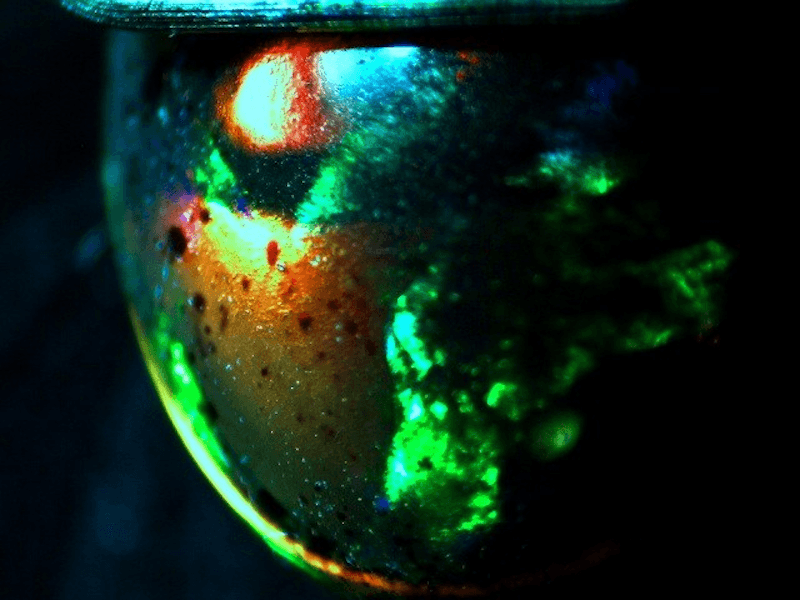Opal Treatments: How to Detect Treated Opals
With so many opal treatments on the market, it’s important to understand the different enhancement processes. Read on to learn how to detect treated opals.
7 Minute Read
Many kinds of gemstones frequently receive treatments or enhancements to improve their appearance or stability. With the demand for attractive, affordable opals growing, vendors are finding new ways to treat lower-quality opals to improve their salability, too. Treated opals can be quite beautiful, but problems arise when unscrupulous or uninformed sellers don’t disclose these treatments.
Identify Your Opal Variety
The first thing you’ll need to do is determine what type of opal you have. All you’ll need is a 10X loupe, a flashlight, and some water.
What are Hydrophane Opals?
When considering opal treatments, hydrophane opals are your biggest concern. This type of opal is porous, which means it’s susceptible to all sorts of procedures that simply wouldn’t work on other types.
If you suspect your opal has undergone treatment, you should test it to see if it’s a hydrophane. To do this, look at your gem through a loupe in transmitted light. (A flashlight shining through the stone will do just fine). Next, place a drop of water on the stone’s surface. A non-porous opal will appear the same after the drop evaporates, but a hydrophane opal will absorb the drop. If you can see the outline…
Addison Rice
A geologist, environmental engineer and Caltech graduate, Addison's interest in the mesmerizing and beautiful results of earth's geological processes began in her elementary school's environmental club. When she isn't writing about gems and minerals, Addison spends winters studying ancient climates in Iceland and summers hiking the Colorado Rockies.
Related Articles
Opal Stones and Gems: Value, Price, and Jewelry Information
A Cabochon Bezel Setting For Unusual Opal Doublets
An Incredible Union of Colors: Choosing Opal Engagement Ring Stones
Eight Opal Types Explained
Never Stop Learning
When you join the IGS community, you get trusted diamond & gemstone information when you need it.
Get Gemology Insights
Get started with the International Gem Society’s free guide to gemstone identification. Join our weekly newsletter & get a free copy of the Gem ID Checklist!
